High traffic carpets often endure heavy use, accumulating dirt, stains, and wear over time. Keeping these carpets clean is essential not only for maintaining their appearance but also for ensuring a healthier indoor environment. Regular cleaning helps to extend the carpet’s lifespan and prevents the buildup of allergens and bacteria.
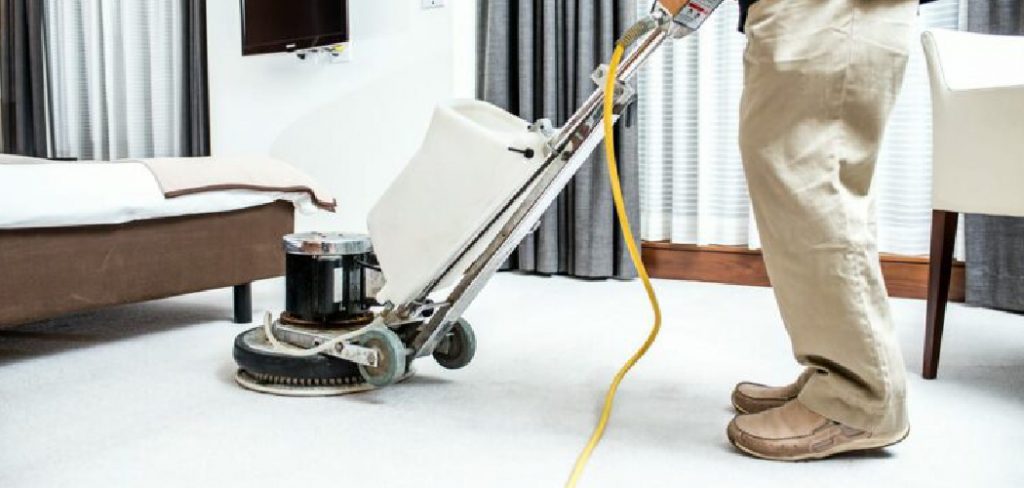
This guide on how to clean high traffic carpet will walk you through effective methods and tips for cleaning and maintaining high traffic carpets, keeping them fresh and looking their best.
Understanding High-Traffic Areas
High-traffic areas are sections of your home or office that experience the most frequent use and footfall. Common examples include hallways, entryways, living rooms, and staircases. These areas are prone to quicker wear and accumulation of dirt, grime, and debris due to the constant activity.
Recognizing high-traffic zones is key to tailoring your cleaning and maintenance efforts effectively. By addressing these spaces with targeted cleaning routines and preventative measures, you can preserve the quality and appearance of your carpets, ensuring they remain durable and attractive over time.
Tools and Materials Needed
- Vacuum Cleaner
- Carpet Shampoo or Cleaning Solution
- Hot Water Extraction Machine (Optional)
- Scrub Brush or Carpet Rake (Optional)
- White Vinegar
- Baking Soda
- Clean Towels or Cloths
7 Step-by-Step Guidelines on How to Clean High Traffic Carpet
Step 1: Prep the Area
Before beginning the cleaning process, thoroughly prepare the area to ensure the best results. Start by removing any furniture, rugs, or obstacles from the carpeted space to allow for unrestricted access. Inspect the carpet for loose debris, such as crumbs or dirt, and use a vacuum cleaner to clean the surface completely.
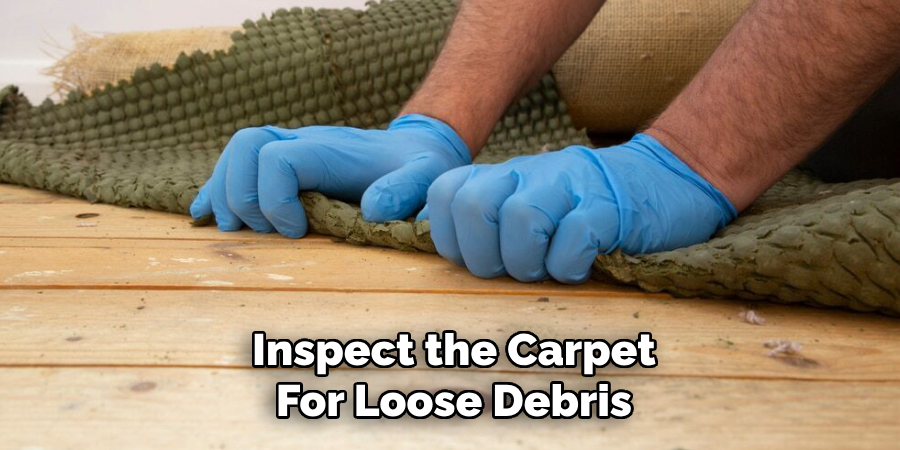
Pay special attention to corners and edges where dirt tends to accumulate. If there are noticeable stains, pre-treat them with a suitable carpet stain remover or a mixture of white vinegar and water to loosen the grime. This preparation sets the foundation for a deeper and more effective cleaning.
Step 2: Vacuum
Begin by using a high-quality vacuum cleaner suited for your carpet type to remove surface debris and dirt. Start at one end of the room and work your way methodically to the other, ensuring that you overlap each pass to capture all particles.
Use the vacuum’s attachments to thoroughly clean along baseboards, under furniture, and in tight corners. For high-traffic areas, go over the carpet multiple times to lift ground-in dirt effectively. Proper vacuuming not only enhances cleanliness but also prepares the carpet fibers for deeper cleaning treatments.
Step 3: Treat Stains
To effectively treat stains, start by identifying the type of stain so you can select the appropriate cleaning solution. For most common stains, such as spills from food or beverages, blot the area gently with a clean, white cloth to absorb as much of the spill as possible—avoid rubbing, as this can push the stain deeper into the fibers. Apply a carpet stain remover or a mixture of mild detergent and water to the affected area, following the product’s directions.
Use a soft-bristled brush to gently work the solution into the fibers, and then blot with a damp cloth to remove the cleaning agent. For persistent stains, such as ink or pet-related accidents, consider using specialized products designed for those specific types of stains. Always test any cleaning solution on a small, inconspicuous area of the carpet first to ensure it does not cause discoloration. Once the stain is treated, allow the area to dry completely before moving to the next cleaning step.
Step 4: Deep Clean
For a deeper clean, consider renting or purchasing a carpet cleaner. These machines use hot water and cleaning solution to penetrate deep into the fibers of your carpet and remove any embedded dirt and stains.
Follow the instructions carefully and make sure to thoroughly rinse out all of the cleaning solution from your carpet.
Step 5: Dry Thoroughly
After completing the deep cleaning process, it’s important to allow your carpet to dry completely before stepping on it again.
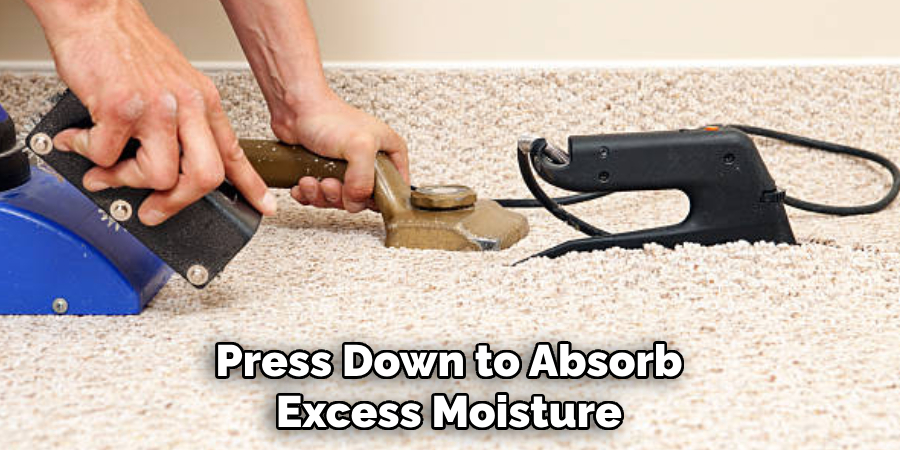
Open windows or turn on fans to help speed up the drying process. It may also be helpful to place towels or paper towels over the damp areas and press down to absorb excess moisture.
Step 6: Address Lingering Odors
If your carpet still has lingering odors after cleaning, there are a few methods you can try. Baking soda is great for absorbing odors – simply sprinkle it over your carpet, let it sit for a couple of hours, and then vacuum it up.
You can also try using a mixture of white vinegar and water in a spray bottle to lightly mist your carpet. The vinegar will help neutralize any remaining odors.
Step 7: Protect Your Carpet
To keep your freshly cleaned carpet looking its best, consider implementing some preventative measures. Place doormats at all entryways to catch dirt and debris before it reaches your carpet. Additionally, consider implementing a “no shoes” policy in your home to reduce the amount of dirt and grime that is tracked onto your carpets.
Another way to protect your carpet is to use furniture coasters or pads under heavy furniture. This will help distribute the weight more evenly and prevent deep indentations in your carpet. You can also rotate area rugs and furniture periodically to ensure even wear on your carpet.
Following these steps on how to clean high traffic carpet areas and protect them can help extend the life of your carpet and keep it looking fresh and clean for years to come.
Consider Professional Cleaning
For a thorough and effective carpet cleaning, hiring professional services can be a great option. Professional cleaners have access to advanced equipment and specialized products that can tackle deep-seated dirt, tough stains, and allergens.
Many services also offer eco-friendly or non-toxic cleaning solutions for those concerned about chemicals in their home. Depending on the foot traffic in your home, scheduling a professional carpet cleaning once or twice a year can help maintain your carpet’s longevity and appearance.
Maintenance Tips
To keep your carpets looking fresh between professional cleanings, regular maintenance is key. Start by vacuuming frequently to remove dust, pet hair, and debris before they settle deeply into the fibers. Address spills and stains immediately by blotting the area with a clean cloth and a suitable carpet cleaner—avoid scrubbing, as this can damage the fibers. Consider using area rugs or runners in high-traffic zones to minimize wear and tear.
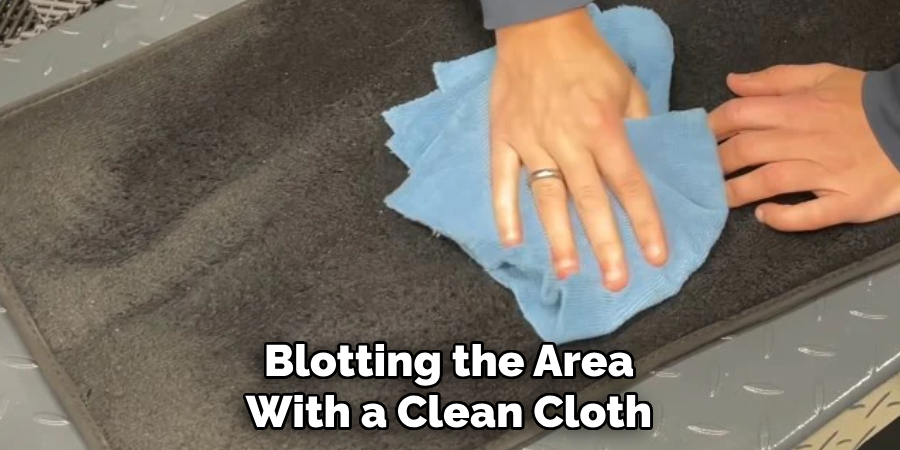
Rotating furniture periodically can also prevent uneven flattening of the carpet. Lastly, ensure proper ventilation in your home to reduce humidity, which can lead to mold or mildew growth in carpets. With these simple practices, you can enjoy a clean and inviting carpet for years to come.
Prevention Strategies
To keep your carpet in excellent condition, proactive prevention strategies are key. Start by placing doormats at all entrances to capture dirt and debris before it gets tracked inside. Encourage family members and guests to remove their shoes upon entering the house to reduce the amount of dirt and oils that come into contact with the carpet fibers.
Regularly rearrange your furniture to distribute weight evenly across the carpet and avoid permanent indentations. Additionally, consider applying a high-quality carpet protectant, which acts as a barrier against stains and spills, making cleaning easier. Investing in these simple preventative actions can significantly extend the lifespan of your carpet while maintaining its fresh appearance.
Frequently Asked Questions
Q1: How Often Should I Vacuum My Carpet?
A- It is recommended to vacuum your carpet at least once a week. However, if you have high foot traffic or pets in your household, it may be necessary to vacuum more frequently. Regular vacuuming prevents dirt and debris from settling deep into the fibers of your carpet, improving its overall cleanliness.
Q2: Can I Spot Clean My Carpet?
A- Yes, spot cleaning can be an effective way to remove small stains or spills on your carpet. However, it is important to use a gentle cleaner and blot the area instead of rubbing, as this can cause damage to the carpet fibers. If in doubt, it’s best to consult a professional carpet cleaner for advice.
Q3: How Often Should I Deep Clean My Carpet?
A- It is recommended to deep clean your carpet at least once a year, but this may vary depending on the level of foot traffic in your home and any potential spills or stains. If you have pets or small children, it may be necessary to deep clean more frequently. Regular vacuuming can also help maintain the cleanliness of your carpet between deep cleaning sessions.
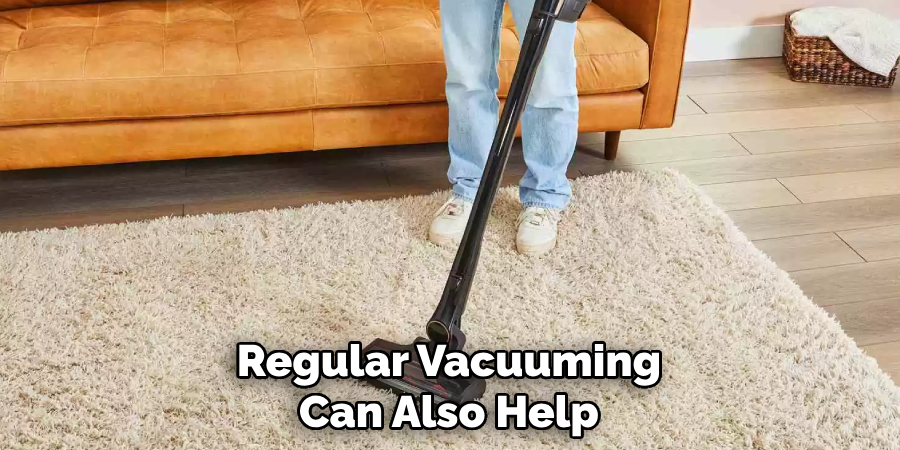
Conclusion
Maintaining clean carpets is essential for creating a healthy and inviting home environment. By following the recommendations for regular vacuuming and deep cleaning, as well as addressing stains promptly, you can prolong the life of your carpet and keep it looking its best.
When in doubt, consulting a professional carpet cleaner ensures that your carpets receive the care they need. With proper upkeep, your carpets can remain a comfortable and attractive feature in your home for years to come. Thanks for reading this article on how to clean high traffic carpet.
About
Jennifer Branett is a distinguished figure in the world of Diy design, with a decade of expertise creating innovative and sustainable Diy solutions. His professional focus lies in merging traditional craftsmanship with modern manufacturing techniques, fostering designs that are both practical and environmentally conscious. As the author of diy, Jennifer delves into the art and science of furniture-making, inspiring artisans and industry professionals alike.
Education RMIT University
(Melbourne, Australia) Associate Degree in Design (Jennifer Branett) Focus on sustainable design, industry-driven projects, and practical craftsmanship. Gained hands-on experience with traditional and digital manufacturing tools, such as CAD and CNC software.
Nottingham Trent University
(United Kingdom) Bachelor’s in diyfastly.com and Product Design (Honors) Specialized in product design with a focus on blending creativity with production techniques. Participated in industry projects, working with companies like John Lewis and Vitsoe to gain real-world insights.
Publications and Impact
In diy, Jennifer Branett his insights on indoor design processes, materials, and strategies for efficient production. His writing bridges the gap between artisan knowledge and modern industry needs, making it a must-read for both budding designers and seasoned professionals.


